9 Things That Make a Home Look 'Cheap' – And What Designers Do Instead
Discover the common design mistakes that make homes look cheap – and learn how to avoid them to create a stylish, polished, and high-end space

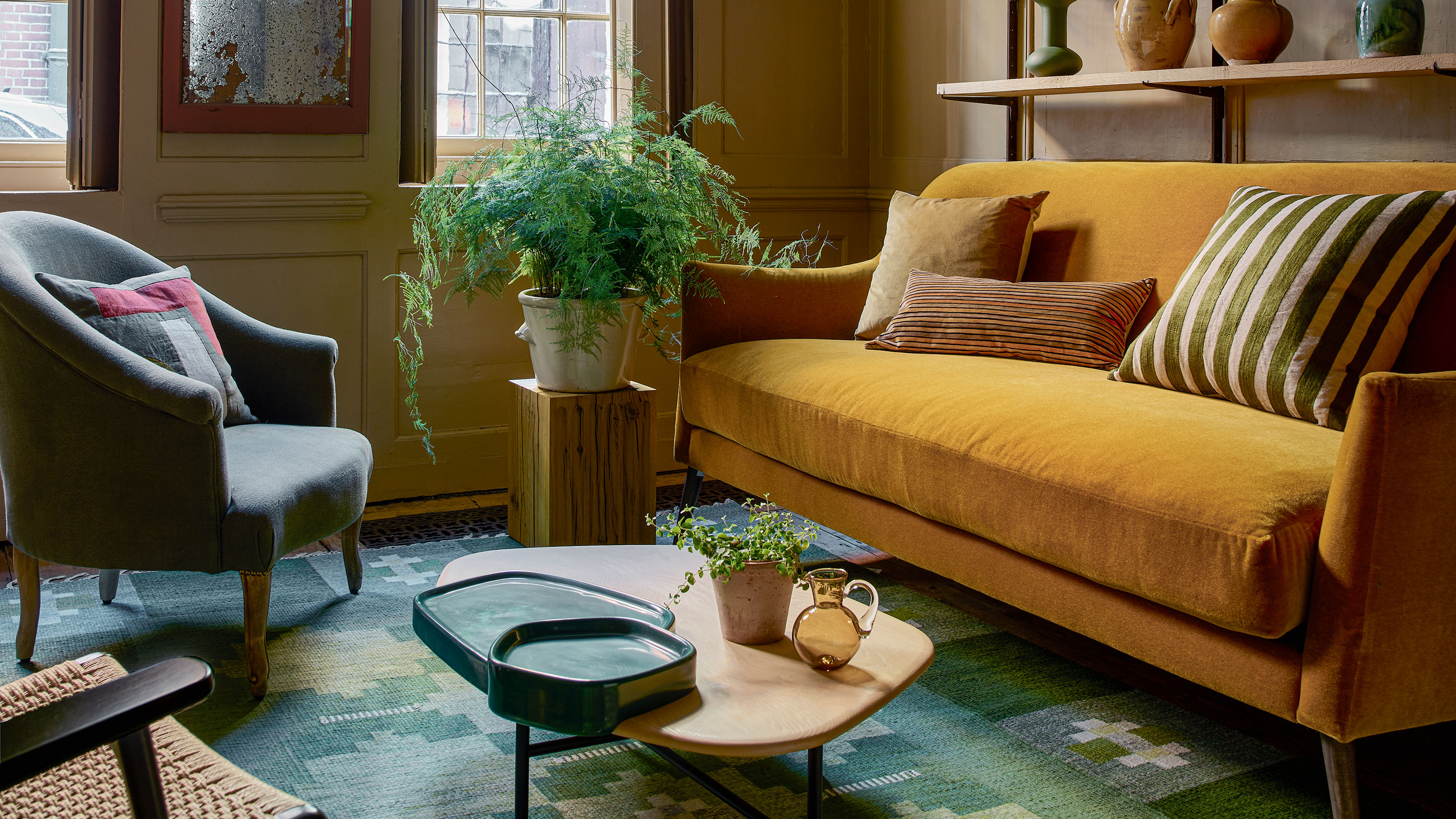
- What Makes a House Look Cheap
- 1. Matching Flatpack Furniture
- 2. Too Much Clutter
- 3. Inconsistent Flooring
- 4. Avoid Overdoing Chintz
- 5. Disproportionate Furniture
- 6. The Wrong Sized Rug
- 7. Unlined Curtains
- 8. Standard Hardware
- 9. Flat, Uninspired Color Palettes
- FAQs
- How Do You Make a House Look High End on a Budget?
- How Can I Make My House Look More Valuable?
Knowing what makes a house look cheap is invaluable when designing your interior. By understanding these common pitfalls, you can ensure your home feels smart, sophisticated, and effortlessly stylish.
Even on a budget, there’s no reason for a space to feel cheap or uninspired. In many cases, the elements that drag a room down aren’t a reflection of wealth – and there are plenty of affordable ways to make a home look luxurious.
Overcrowding a room with matching flatpack furniture, cluttered surfaces, or pieces that are out of scale can all undermine a home’s style. The good news? These missteps are easy to avoid, and there are plenty of cost-effective alternatives that elevate your interior and make a home look expensive.
What Makes a House Look Cheap
Below, we explore the subtle design choices that can make a home feel cheap, along with expert guidance on how to refine them and create a space that feels layered, elegant, and thoughtfully put together.
1. Matching Flatpack Furniture
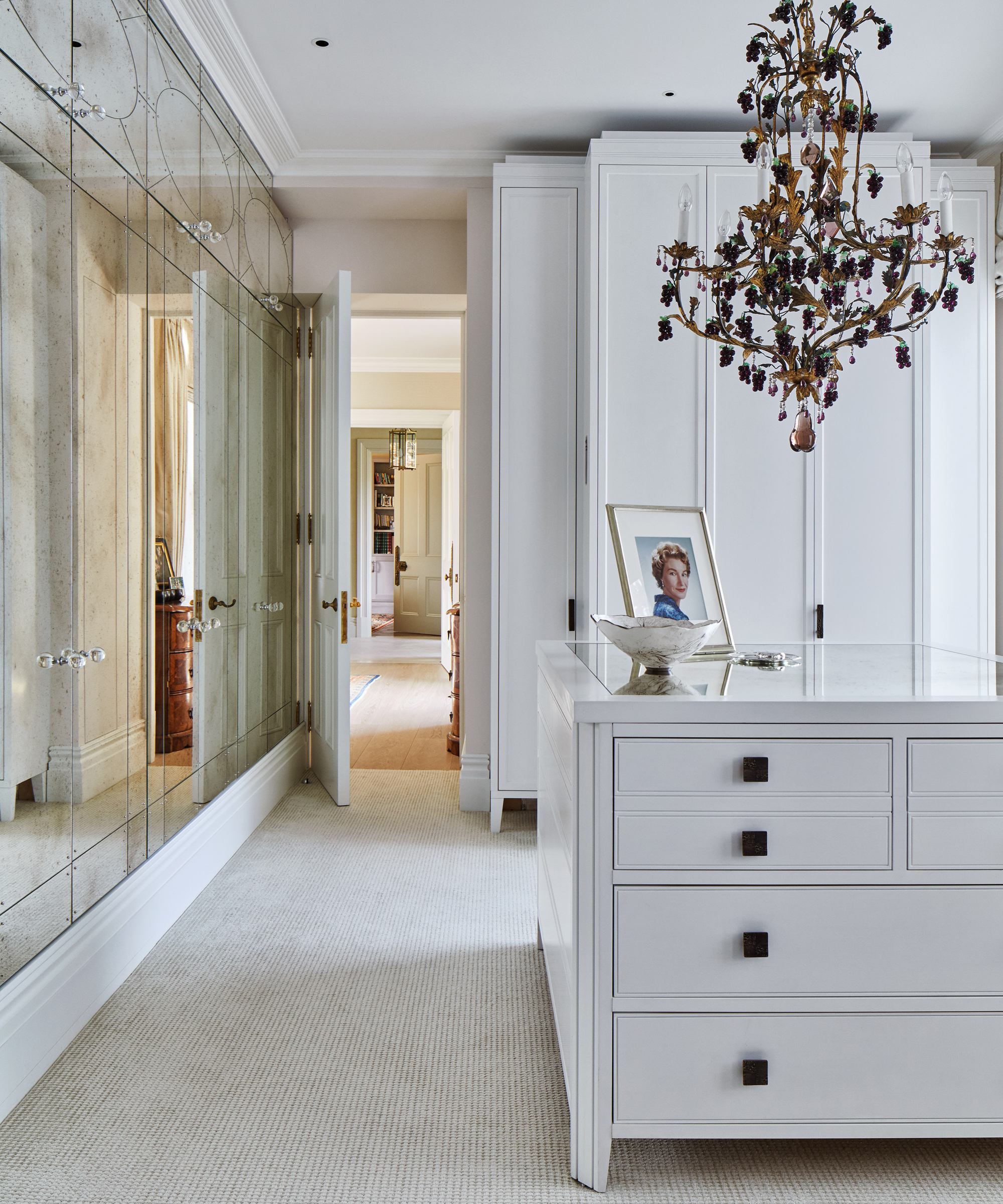
Elevate standard flat-pack furniture by swapping out basic hardware for custom pulls and applying a fresh, sophisticated coat of paint.
Filling a room with matching flatpack furniture can give off a college-dorm vibe – and not in a flattering way. Its boxy, soulless design and flimsy particleboard construction do little for a home’s style, leaving a space feeling cheap and uninspired.
A smarter alternative is to invest in characterful second-hand pieces. Often more affordable than new flatpacks, they’re sturdier, full of personality, and carry a sense of history. Many have already stood the test of time and are likely to continue for decades to come. For inspiration, explore how to shop for antiques online to effortlessly add character to your interiors.
If the pieces you find need a little updating or don’t perfectly suit your color palette, there are plenty of ways to make them work. Learn how to restore wood furniture or repaint it to seamlessly integrate into your scheme.
Design expertise in your inbox – from inspiring decorating ideas and beautiful celebrity homes to practical gardening advice and shopping round-ups.
That said, flatpack, especially the iconic designs from IKEA, still has its place. While it may not suit the main rooms, it can be incredibly useful in hidden spaces like garages or laundry rooms, offering practical storage solutions that help reduce clutter and keep your home looking polished.
2. Too Much Clutter
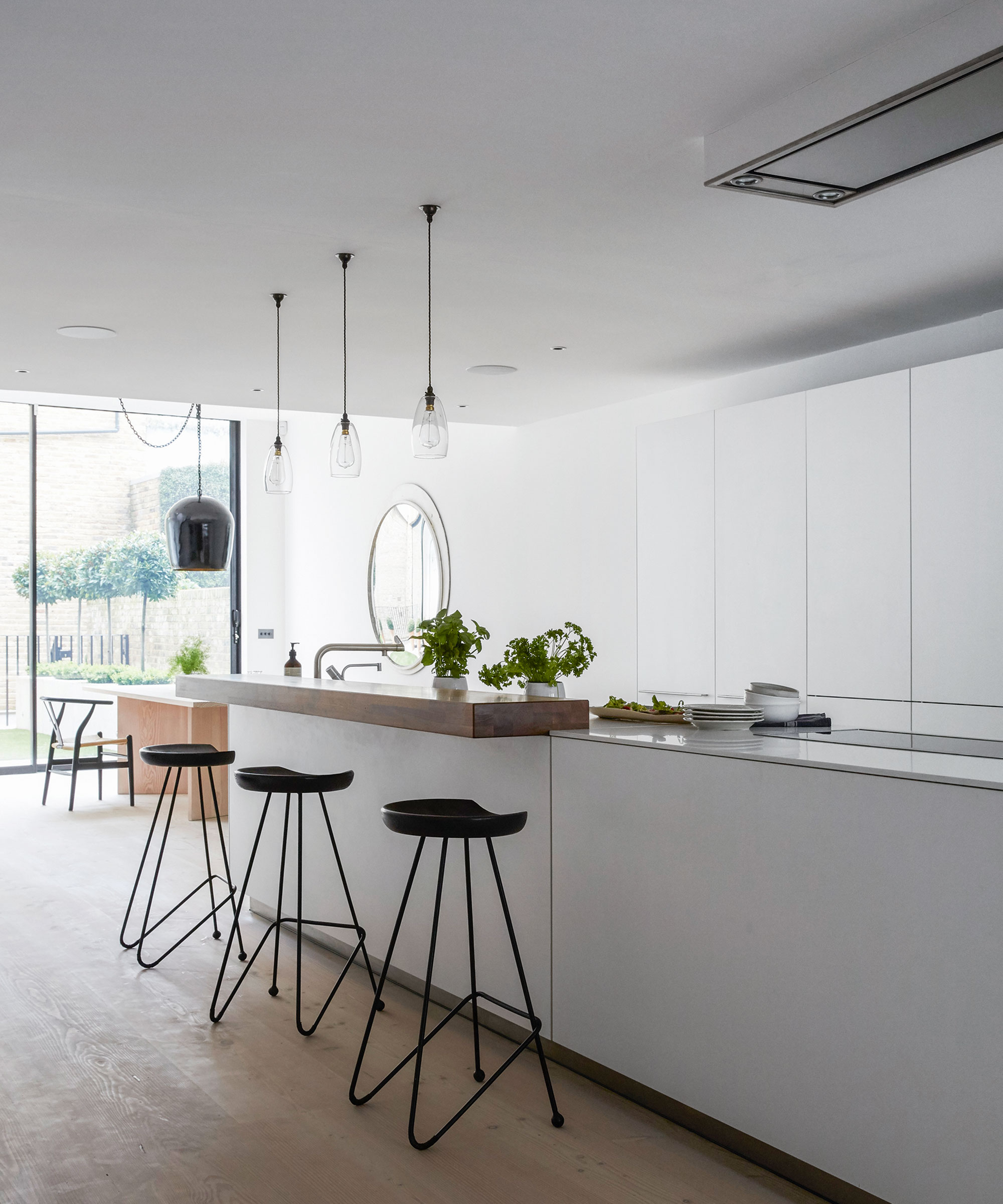
Keeping surfaces clutter-free not only creates a serene, stress-free environment but also makes your space look effortlessly stylish, easy to clean, and far more expensive.
No matter how many interior design tips you follow or how carefully you select furniture, a home filled with clutter will always feel cheap. Piles of items scattered across surfaces can instantly undo even the most thoughtful design choices.
Creating a sense of order is essential, which is why clever storage ideas are a must. From built-in shelving and multifunctional furniture to stylish baskets and boxes, the right storage can keep your home looking neat and purposeful. Good Decluttering tips, whether for a bedroom, living room, or any other space, are equally important – helping you streamline your interiors while highlighting the design elements that matter.
For inspiration, look to minimalist home staging: its clean, curated approach demonstrates how simplicity and careful home organization can elevate a space, giving it a high-end, professional feel without costing a fortune.
Amazon’s best-selling plastic storage bins have been a true godsend for me, making my yearly home clear-out far more manageable. For storage you won’t want to hide away, this woven crate from Target is a standout – and with 21,000 sold in the past month, it’s clearly a crowd favourite.
3. Inconsistent Flooring
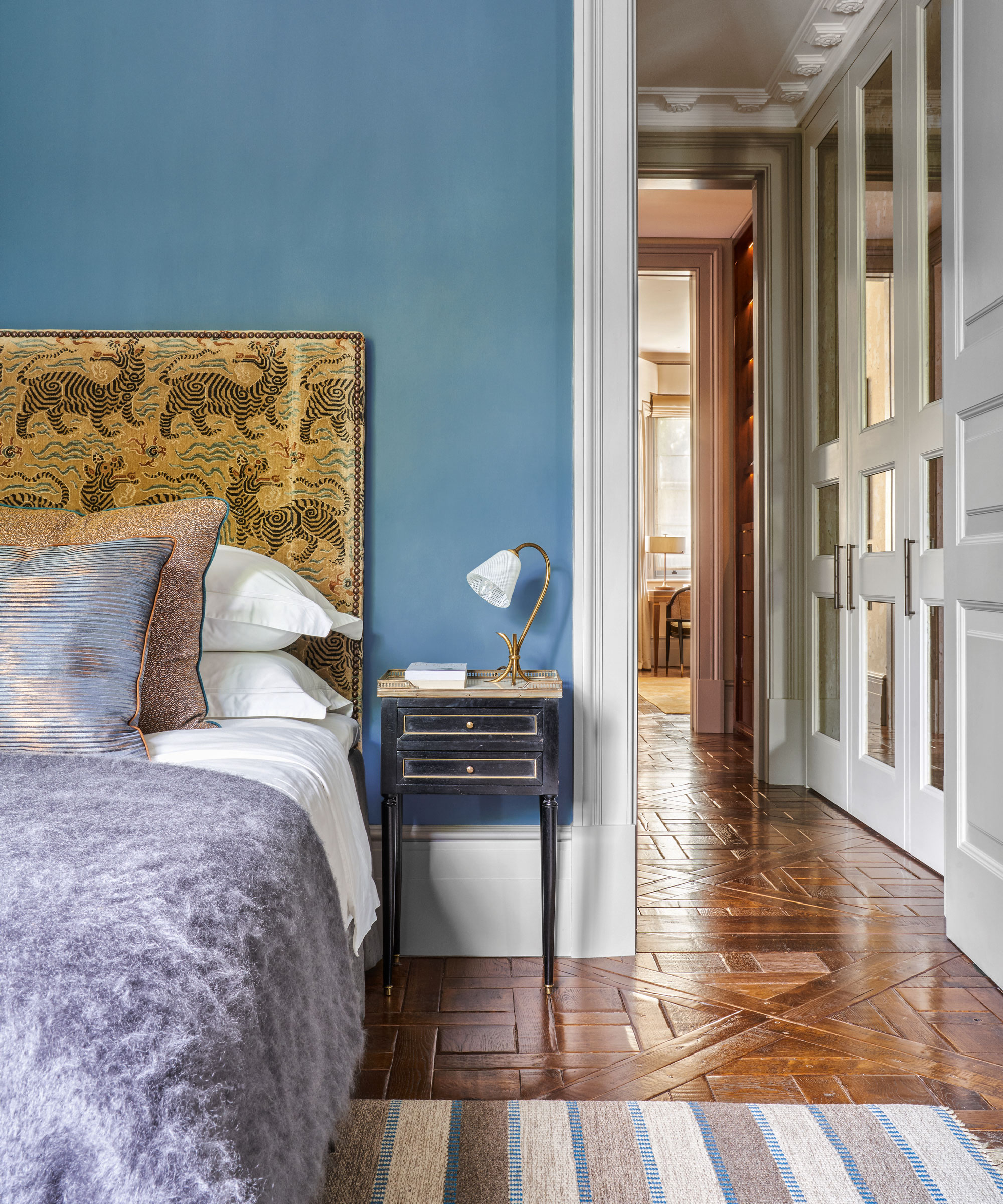
Consistent flooring creates a cohesive, intentional feel throughout the home. In traditional spaces, parquet serves as a timeless and elegant foundation.
Flooring is one of the most important elements in defining the look and feel of a home. The wrong color, texture, or material can disrupt an entire scheme, leaving a space feeling disjointed or cheap.
'Inconsistent hard-surface flooring, such as mixing LVT and laminate across different rooms, can make a house appear low-end,' explains Jennifer Walter, owner and principal designer of Folding Chair Design Co.
'Many homeowners choose alternatives to hardwood to save money, which is perfectly fine – but consistency is key. Installing one type of ‘wood-look’ flooring in oak for the kitchen, then switching to a gray material in the living room, can completely undermine the design.'
'Choose a single color and carry it throughout your home. Gray-toned wood alternatives, in particular, can make a space feel cold and sterile, rather than warm and inviting. Consistent, thoughtfully chosen flooring instantly elevates a home, creating a cohesive and timeless look.'
4. Avoid Overdoing Chintz

Chintz can be utterly charming, and if you love pattern as much as I do, it’s all about using it thoughtfully. A single sofa upholstered in your favorite chintz fabric creates a striking statement, while an excess of chintz throughout a room risks feeling overwhelming and cluttered.
While chintz can add charm and personality to a home, too much can tip the balance from elegant to cluttered.
'Decor plays a crucial role in making a home feel elevated, so when it’s overly chintzy, it can make a room look cheap,' explains Amy Youngblood, principal designer of Amy Youngblood Interiors. 'This doesn’t mean you need to spend a fortune on every piece. Instead, focus on selecting items that suit the style of your home and have a sense of individuality. Unique, well-chosen decor – rather than mass-produced items – will always create a more refined and cohesive interior.'
By mixing textures, patterns, and carefully curated pieces, you can maintain the warmth and character of chintz while keeping your interiors sophisticated and timeless.
If you love patterns, consider introducing a few classic options that, in my opinion, will never go out of style. Below, I’ve selected my favourite designs – timeless checks, florals, gingham, and chic animal prints – each one adding a subtle touch of personality and charm to your home.
5. Disproportionate Furniture
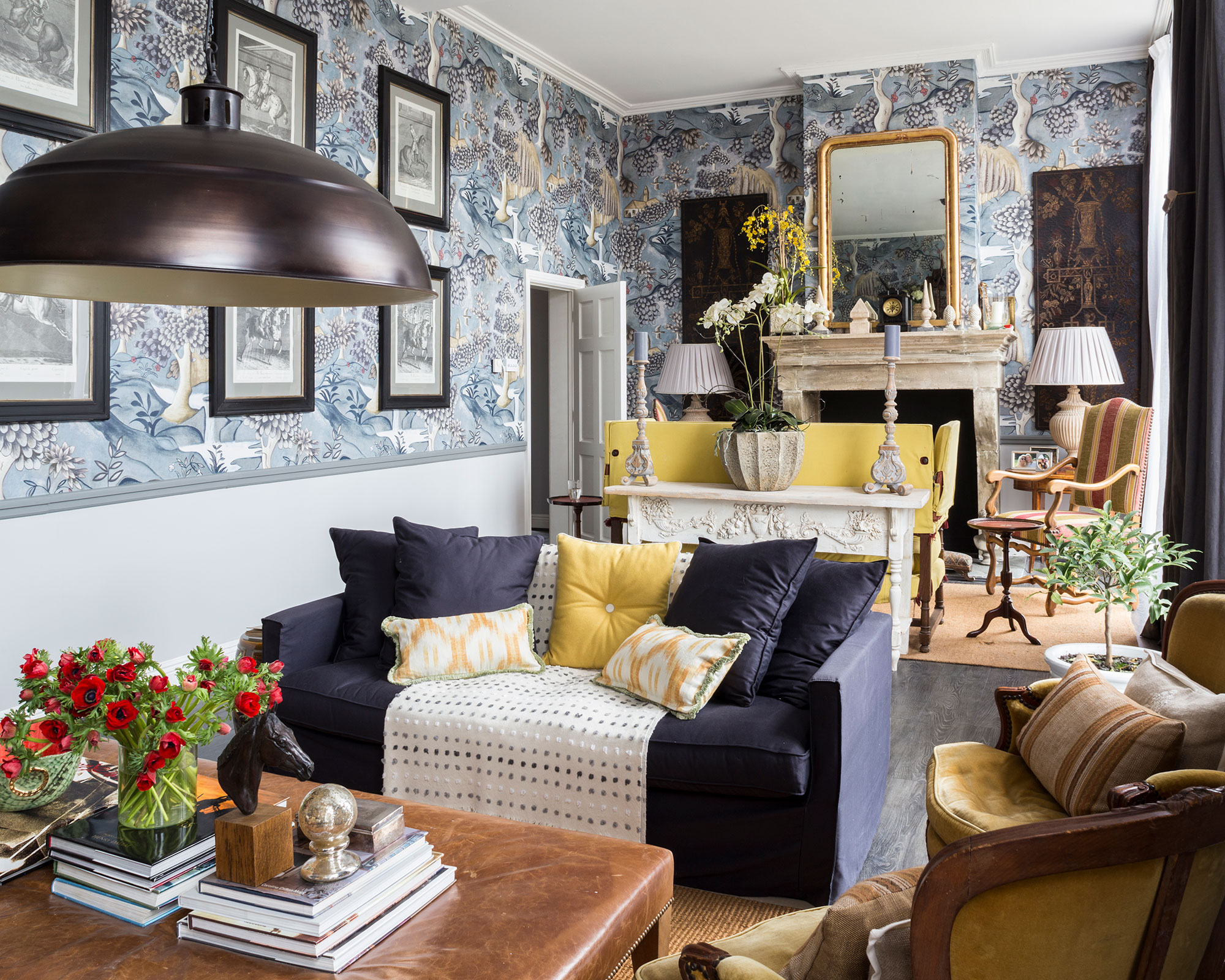
The wrong furniture size is one of the biggest design missteps in a room. Tiny pieces in a large space can feel comical, while oversized furniture in a small room can feel cramped and overwhelming. Always scale your furniture to the size of the room – fill the space thoughtfully, but ensure there’s plenty of room for family and guests to move comfortably.
Even the most beautiful living room furniture can look off if it’s the wrong scale for the space, making a room feel cheap or poorly planned. Choosing pieces that suit the size and shape of your rooms is essential.
'Disproportionate furniture can make a house feel haphazard, as if the pieces were thrown together without thought,' explains Amy Youngblood. 'Invest in furniture that fits the space and complements each other, filling the room without overcrowding it. The same principle applies to artwork – pieces that are too large or too small for the walls can disrupt the flow. Aim for a balance of positive and negative space to create a harmonious, well-proportioned room.'
By carefully considering scale, you ensure that each element enhances the overall design, creating a home that feels cohesive, stylish, and effortlessly elegant.
6. The Wrong Sized Rug

When choosing a rug, size is crucial – too small, and a room can instantly feel cheap. I like to match a color in the rug to one in the space, and using masking tape to outline different sizes on the floor helps visualise the best fit.
When it comes to choosing a rug, size is crucial. 'Scale the rug appropriately for the room; a rug that’s too small can instantly make a space feel cheap,' explains Jessica Nelson of Jessica Nelson Design.
With so many sizes and shapes available, selecting the right rug can feel overwhelming. A simple way to visualise the best fit is to use masking tape to outline different rug dimensions on the floor. This helps you understand how various sizes and shapes will work within your space.
'For large living rooms, leave at least 12 to 18 inches of visible floor between the rug and the walls,' advises Therese Germain, director of core product at Ruggable. 'To create a cohesive look, ensure the front legs of sofas and lounge chairs sit on the rug, overlapping it by 8 to 12 inches – or more if possible. In open-plan spaces, a greater contrast between the flooring and rug will draw the eye, define the area, and make it feel more intimate.'
Careful attention to rug scale not only anchors your furniture but also elevates the entire room, ensuring it feels stylish, balanced, and inviting.
7. Unlined Curtains
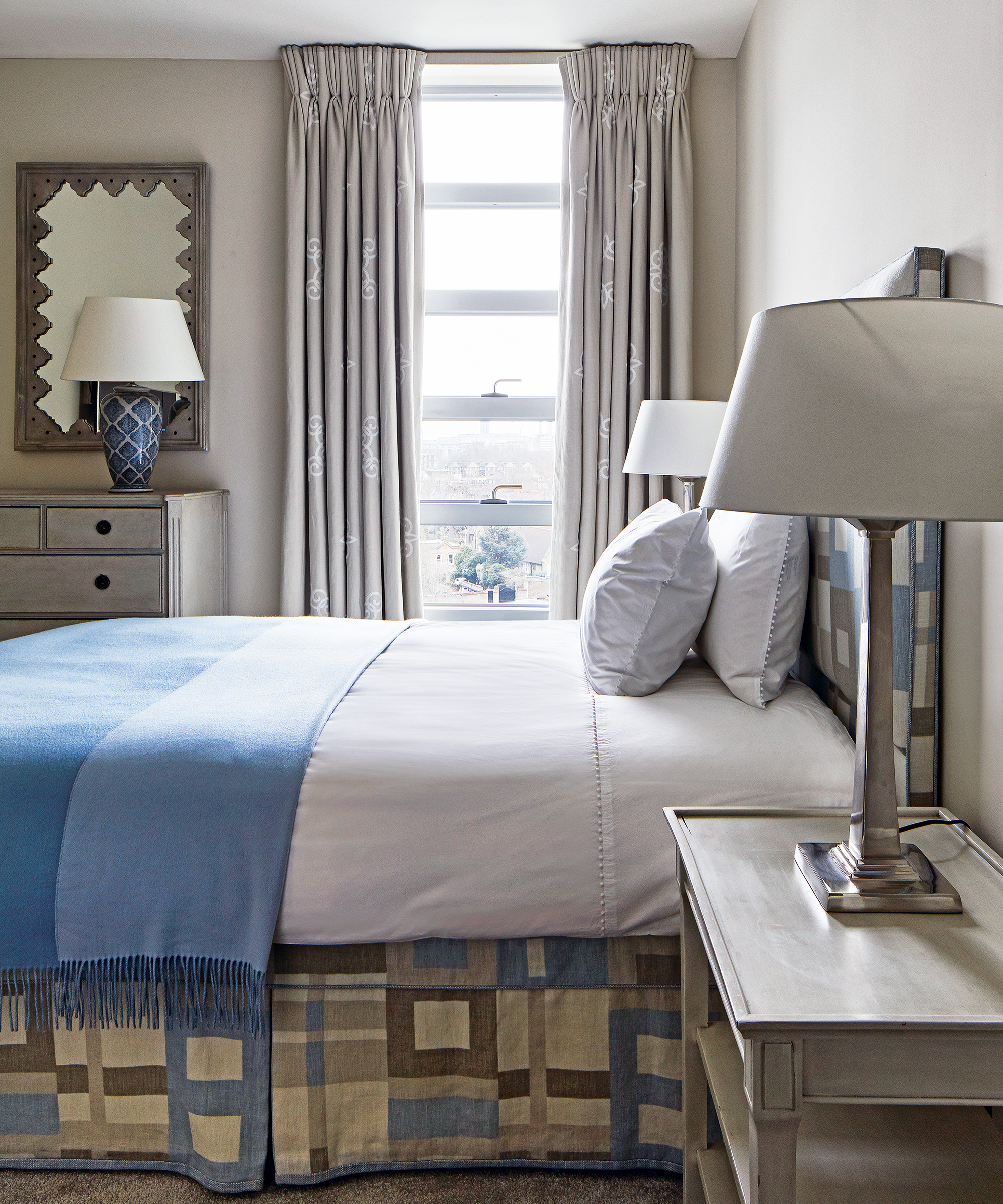
Good curtains can transform not just the look of a room, but also its functionality. I always tell people that if they invest in just one interior feature, it should be a high-quality set of lined curtains, especially in a bedroom, where they make the biggest impact.
We all understand the transformative power of the right window treatments, and there are countless curtain ideas to inspire your interiors. Yet one often-overlooked detail is the lining – a subtle element that can dramatically elevate a space.
'Above all, draperies are one of the most effective ways to enhance a home’s interior,' explains Christian Ladd, founder of Christian Ladd Interiors. 'The impact depends heavily on working with a skilled craftsman. When finished impeccably and enhanced with details such as hand-sewn passementerie, drapes instantly feel bespoke and luxurious. For instance, we always line drapery four times to ensure they look polished and visually appealing even from the exterior. We typically choose soft ecru or bone linings rather than stark white to create a warmer, more sophisticated effect.'
Attention to these fine details – from expertly crafted linings to luxurious embellishments – ensures your curtains do more than cover windows; they define the room, add depth, and give your interiors a truly elevated, custom feel.
8. Standard Hardware
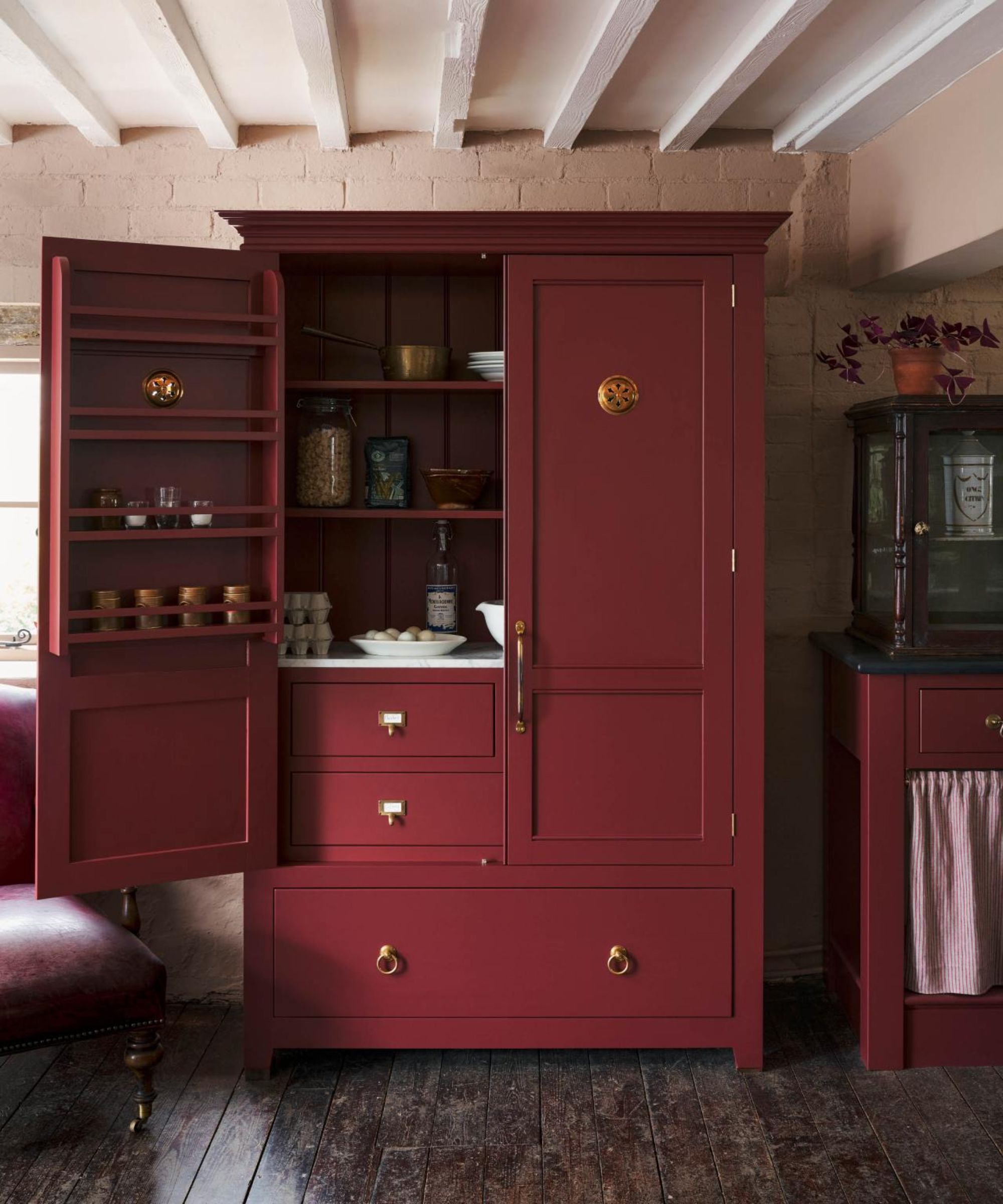
Beautiful hardware can transform cabinetry and drawer pulls, instantly elevating the look of a room. With so many striking designs available today, pairing them with a bold cabinet colour scheme can create a statement, often turning the hardware into the star of the space.
Standard, off-the-shelf hardware can subtly undermine even the most carefully curated interiors, making cabinets, drawers, and doors feel inexpensive or mass-produced. One of the simplest and most affordable ways to elevate these elements is to replace generic knobs and handles with thoughtfully chosen alternatives.
While matte-black hardware is very on-trend at the moment, I don’t see it as truly timeless – it risks feeling dated in the next 10 years. Brushed brass, antique-inspired pulls, or other classic finishes, by contrast, have enduring appeal and can transform ordinary cabinetry into something that feels curated, sophisticated, and high-end. Even small, considered changes like these prove that attention to detail can dramatically enhance a home’s overall sense of polish and style.
9. Flat, Uninspired Color Palettes
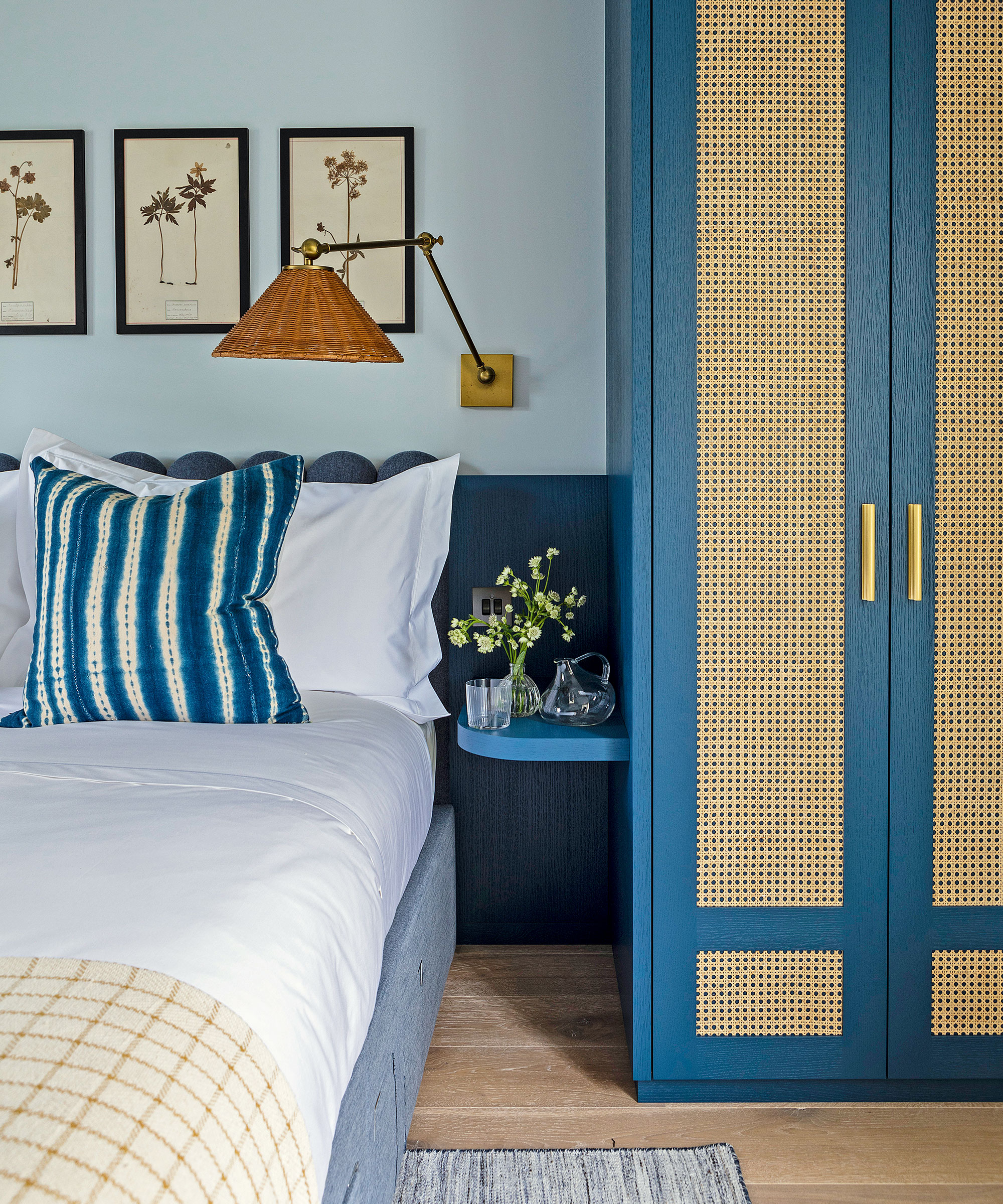
A color-drenched space can instantly elevate a room, creating a cohesive, luxurious feel that feels thoughtfully curated. By enveloping walls, ceilings, and even furniture in a single rich hue, you add depth, drama, and sophistication without the need for expensive finishes.
Flat, uninspired room color ideas can make even the most carefully designed home feel cheap and lifeless. Color is one of my favorite ways to lift a space, and when done thoughtfully, it can be the simplest and most effective way to make a home look expensive and luxurious. Rooms that rely solely on neutral or unvaried tones often appear flat, lacking personality or visual interest, which immediately diminishes the sense of quality in a space.
In contrast, embracing color trends with intention can completely transform a room. Color capping – painting walls in one tone and ceilings or baseboards in a contrasting shade – adds subtle architectural drama. Bold color clashes or unexpected pairings inject energy and personality, while color drenching – enveloping a room in a single rich hue – can create a striking, cohesive, and highly polished look. Layering tones, finishes, and textures ensures the palette feels considered rather than overwhelming.
By experimenting with these approaches, you can lift a space, draw attention to its best features, and create a home that feels luxurious, curated, and timeless – all without spending a fortune. Done right, color is not just decoration; it’s a design tool that instantly elevates a home.
FAQs
How Do You Make a House Look High End on a Budget?
You can make a house look high-end on a budget by focusing on quality over quantity and making thoughtful choices throughout your interiors. Investing in second-hand or vintage furniture allows you to bring character and craftsmanship into your home without paying full price. Curate your decor carefully, choosing pieces that feel unique and cohesive rather than filling every surface. Reducing clutter is equally important – a clean, well-organized space instantly feels more sophisticated.
Sales and discount events are another excellent opportunity to find high-end furniture and accessories at a fraction of the usual cost. Even small details, such as luxe textiles, statement lighting, or stylish hardware, can elevate the overall look of a room. By combining smart shopping with careful styling, it’s entirely possible to achieve a polished, high-end aesthetic without overspending.
How Can I Make My House Look More Valuable?
Making your house look more valuable starts with editing rather than adding. Clearing out clutter is one of the most effective ways to elevate your interiors, creating a sense of space, calm, and intention. Take inspiration from designer William Morris, who famously advised to ‘have nothing in your houses that you do not know to be beautiful or believe to be useful.’ Removing items that don’t meet one of these criteria allows your best pieces – from furniture to artwork – to take centre stage.
Looking at interiors magazines, books, and professionally styled homes can also be incredibly helpful. These sources offer guidance on proportion, colour palettes, and how to layer furniture and accessories in a way that feels considered rather than crowded. Use them as a reference for determining the amount of negative space to leave, how surfaces are styled, and how rooms flow from one to the next.
Finally, focus on cohesion. A consistent colour scheme, thoughtful lighting, and well-chosen textiles can significantly increase the perceived value of your home. By combining careful editing with informed inspiration and a refined approach to styling, you can create a space that feels polished, intentional, and undeniably more valuable.

Jennifer is the Digital Editor at Homes & Gardens, bringing years of interiors experience across the US and UK. She has worked with leading publications, blending expertise in PR, marketing, social media, commercial strategy, and e-commerce. Jennifer has covered every corner of the home – curating projects from top interior designers, sourcing celebrity properties, reviewing appliances, and delivering timely news. Now, she channels her digital skills into shaping the world’s leading interiors website.